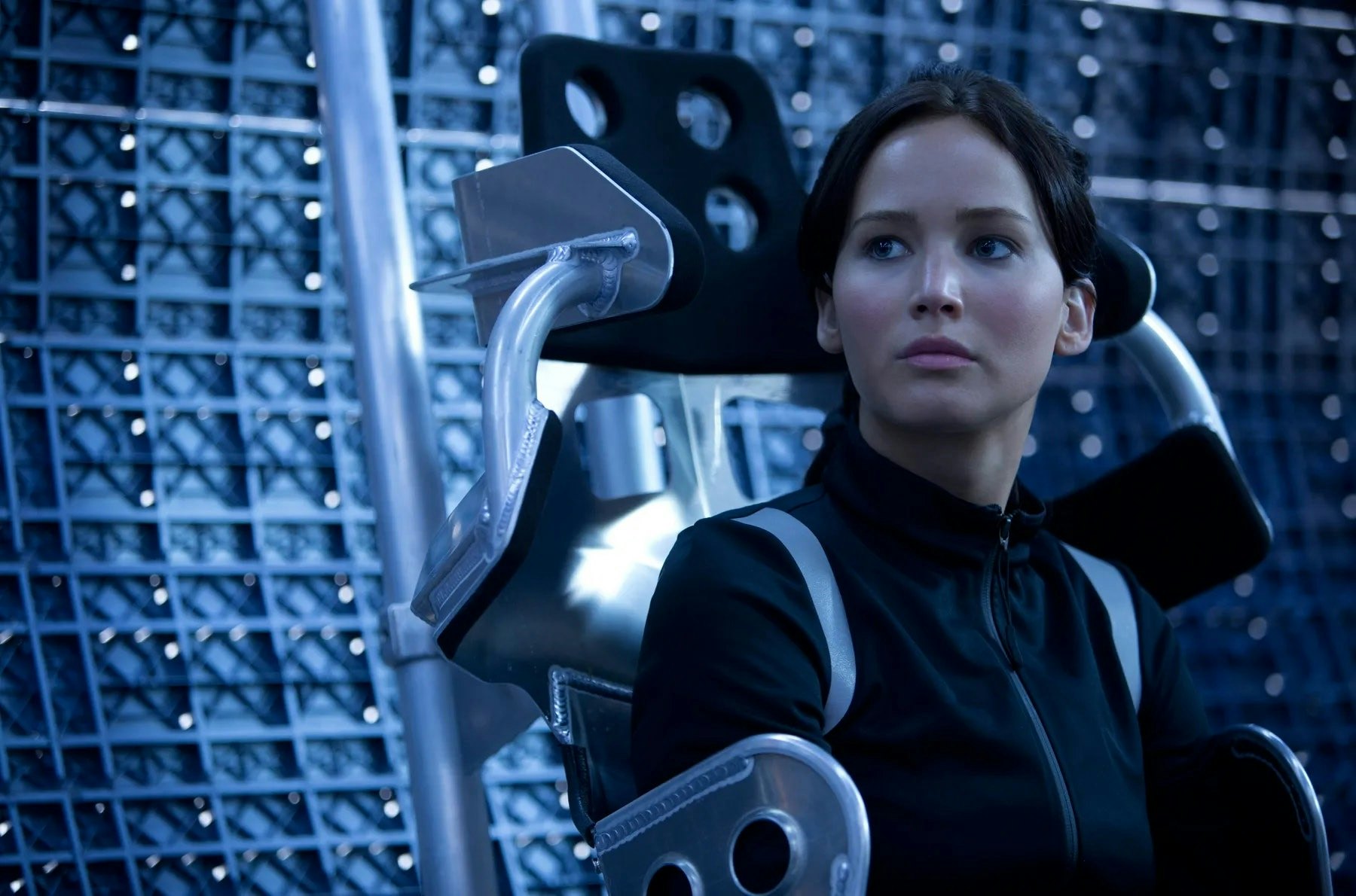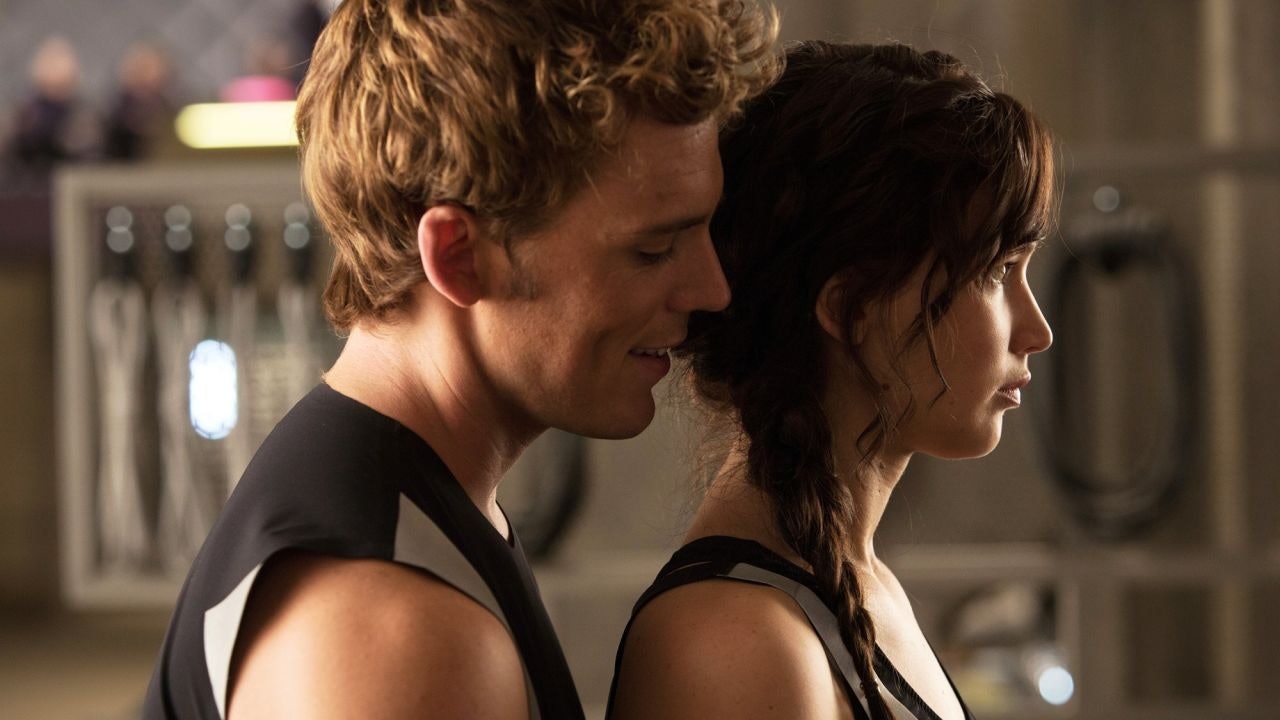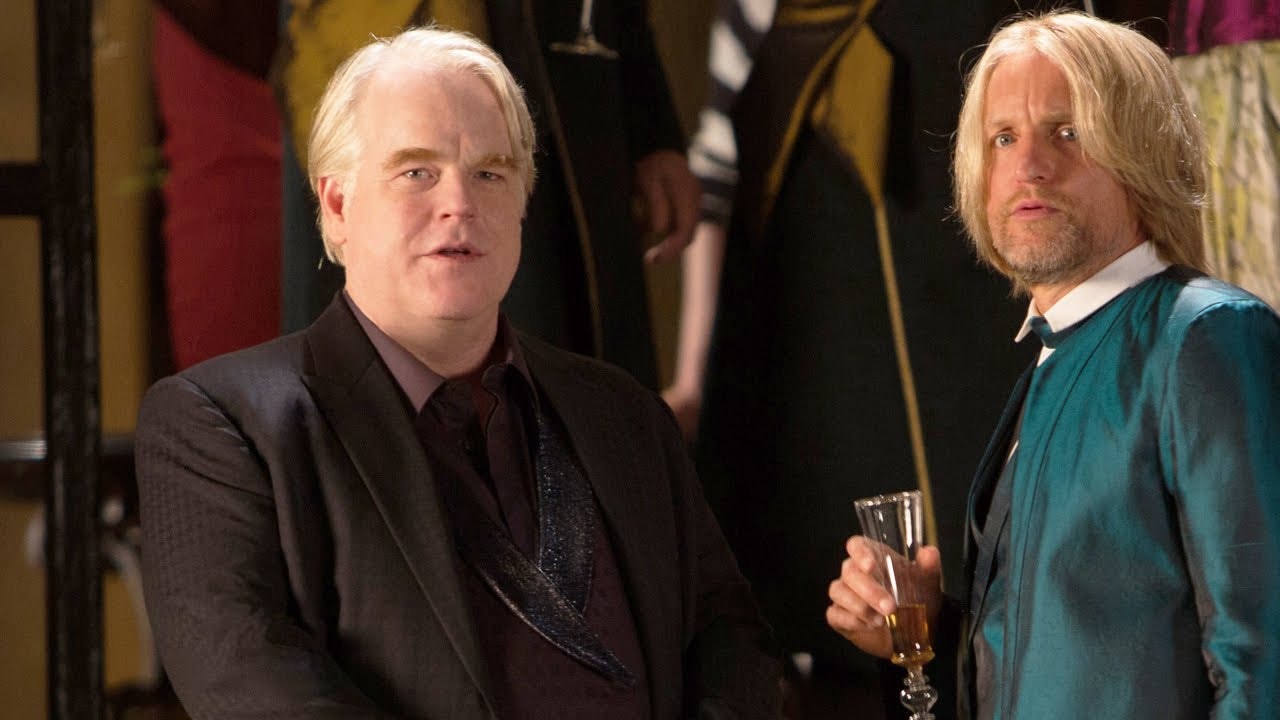
In 2008, The Dark Knight made history as the first mainstream movie to be partially shot with IMAX 70mm cameras. After its success, an explosion of films shot in IMAX was inevitable, and Transformers: Revenge of the Fallen, Mission: Impossible — Ghost Protocol, and Avatar followed suit.
But IMAX cameras are bulky. They’re loud, they’re heavy, and there are less than a dozen of them in the world.
“They sound like lawnmowers, so it’s very difficult for the actors to get used to it,” The Hunger Games: Catching Fire director Francis Lawrence tells Inverse. “And then you have to rerecord all their dialogue after the fact because the cameras are so noisy.”
In the late aughts, it was extremely challenging for two-hour feature films to be shot entirely with IMAX cameras, so when blockbuster movies wanted to display IMAX spectacle they had to limit themselves to 10 to 30-minute sequences. And because IMAX sequences have an expanded aspect ratio (1:90:1 compared to the standard 2.39:1), they stuck out like a beautiful sore thumb from the rest of the film.
Most films try to make this change in aspect ratio as invisible as possible. But with Catching Fire, director Francis Lawrence wanted to work the change into the movie.
“We started talking about having the opportunity to work with IMAX on Catching Fire and... I decided I’ll do the games in the IMAX aspect ratio,” Francis says. “And so we decided how much of the games we’re going to shoot with actual IMAX cameras, with real IMAX film. How much are we going to shoot with 35-millimeter spherical lenses just in the IMAX aspect ratio and blow it up?”

But if just the games, which in Catching Fire take up just the final 48 minutes, are shot in IMAX, how did the film handle the transition from a widescreen aspect ratio to the blown-up 1:90:1? Lawrence decided to take the unusual approach of highlighting the change. In the scene, a distraught Katniss (Jennifer Lawrence) is elevated through a narrow tube into the wide expanse of the arena, and the screen literally expands as she enters. It’s an astonishing sequence, with the film transitioning seamlessly from a dim, claustrophobic handheld sequence to the sun-soaked arena in full-frame IMAX.
“The transition happens as she’s going into the games,” Lawrence says. “I definitely think it’s effective, but part of it’s because she’s going up in the elevator, and there’s a rise in music, and as the elevator rises, it’s opening up.”
Ten years later, Catching Fire’s IMAX transition is still lauded as one of the best executions of an aspect ratio change. Not only does it call attention to the spectacle of the IMAX sequence, but it reflects Katniss’ turmoil at watching her close friend Cinna (Lenny Kravitz) die before she’s suddenly thrust into the arena, as if her eyes are still adjusting to the brightness and vastness of the space. “Part of it is an interpretation of her experience,” Lawrence says, “and so it starts to hit on different levels. I think that’s why it’s so successful.”
But Lawrence’s most memorable moments shooting Catching Fire weren’t in shooting this breathtaking transition, but in getting down and dirty in the jungle with the bulky IMAX cameras. “We had the actual IMAX film cameras in the jungles and on the beaches and things like that. And that was really tricky, especially because a lot of the movie’s handheld,” Lawrence says.

The cast helped him through the arduous task of lugging heavy IMAX cameras through the jungle. “In the end, we all really bonded,” he says. “Spending time in Hawai’i with Jen and Josh was really, really exciting. My time in the jungle and in the mud with them and with Sam Claflin, that was really fun stuff.”
Lawrence joined the Hunger Games franchise with Catching Fire, after Gary Ross directed the first installment. He would stay on to direct the next three movies, and returns for the upcoming prequel film, A Ballad of Songbirds and Snakes. But though he has other blockbuster hits under his belt, something about the Hunger Games keeps pulling him back.
“I always really loved the books,” Lawrence says. “It started with me loving the stories and what the stories were about and what the themes were of the idea of the consequence of war.”

Only the Hunger Games movies would allow him the chance to work with “14 heavyweight actors at the same time” in one scene, and characters evading “explosions or getting chased by poison fog, or fighting killer monkeys” in the next. But it was the chance to work with the legendary Philip Seymour Hoffman that was one of his greatest pleasures, Lawrence says.
“Day one, we were shooting with Philip Seymour Hoffman, who I loved and really admired and was so excited that he wanted to be in the movies, that was pretty memorable,” Lawrence says. “He was just one of the best actors of all time. And so you bring that amazing talent and the gravitas that Phil Hoffman always had... He was able to bring that. The intelligence he was able to bring. And humanity. That was the goal that he and I wanted was to make sure that we were characterizing these people as real human beings, not cartoon characters.”
A decade later, Lawrence sees that as Catching Fire’s real legacy. It’s the crowning achievement of the Hunger Games franchise, a showcase for the kind of spectacle and emotional heights that YA dystopian blockbusters can achieve.
“It was a movie that came together with a great cast and great spectacle and real emotion and some power and heft at the end of it,” Lawrence says.







